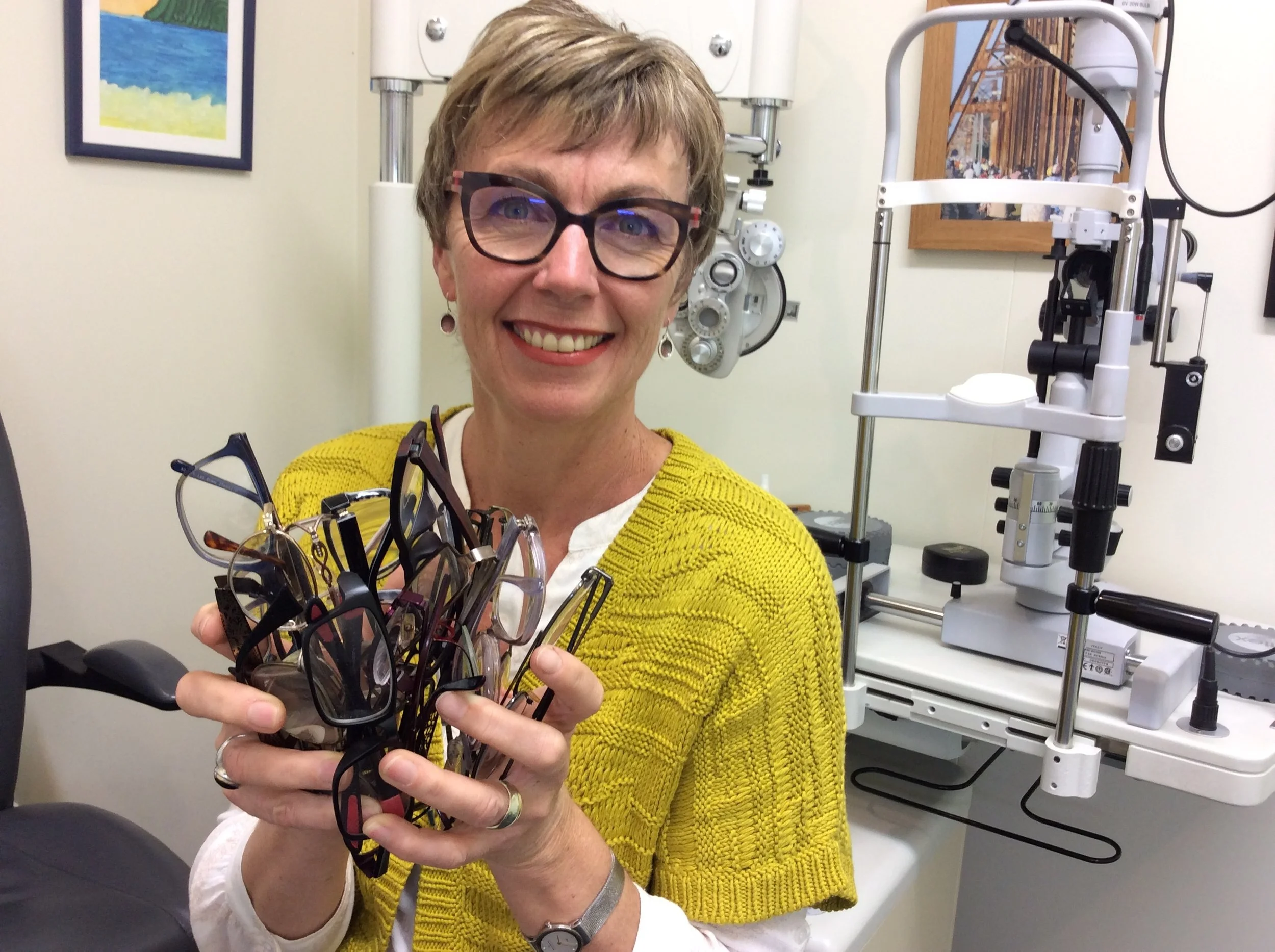Researchers are advising us to stop flushing used contact lenses (CLs) down the sink. Instead put them out with other solid plastic rubbish.
In the US it is estimated that around 15-20% of the 45 million American contact lens (CL) wearers flush their lenses down the sink or toilet. The result - anywhere from 6 to 10 metric tons of plastic CLs end up in wastewater treatment plants.
CLs are unlike other plastic waste (often made with a combination of polymethylmethacrylate, silicones, and fluoropolymers), so the effect of wastewater treatment on CLs was unknown. This sparked Professor Rolf Halden and colleagues from Arizona State University to find out how CLs break down and whether they pose a threat to aquatic life.
They exposed polymers found in CLs to anaerobic and aerobic micro-organisms (which would be present at wastewater treatment plants).
They reported, “When the plastic loses its structural strength, it will break down physically, leading to smaller plastic particles which would ultimately lead to the formation of microplastics. Aquatic organisms can mistake microplastics for food and since plastics are indigestible, this dramatically affects the marine animals’ digestive system. These animals are part of a long food chain. Some eventually find their way to the human food supply, which could lead to unwanted human exposure to plastic contaminants and pollutants that stick to the surfaces of the plastics.”
The researchers have also called on CL companies to address the way their products are ultimately disposed.













